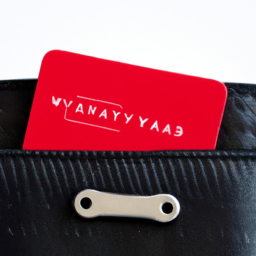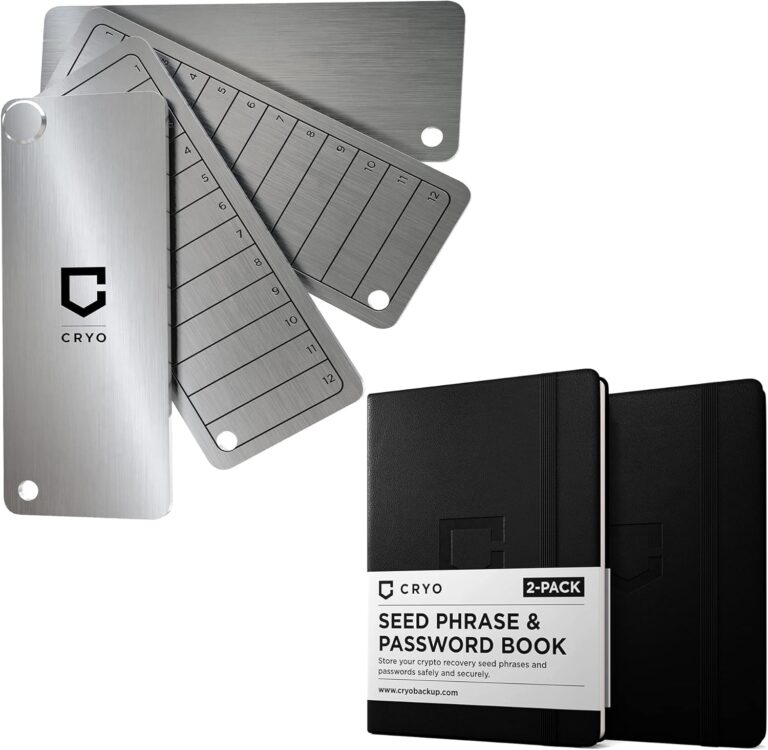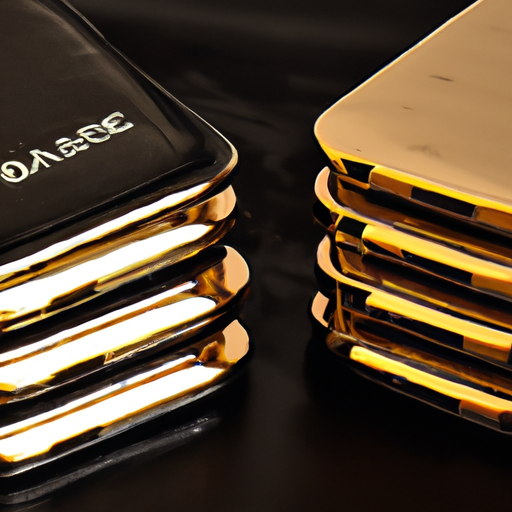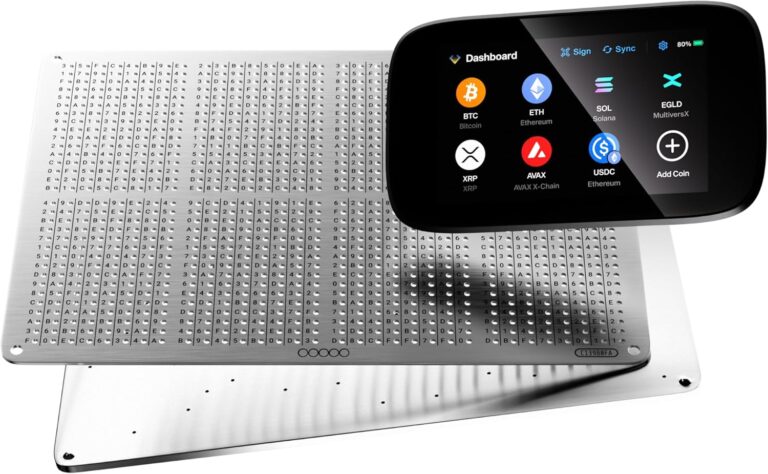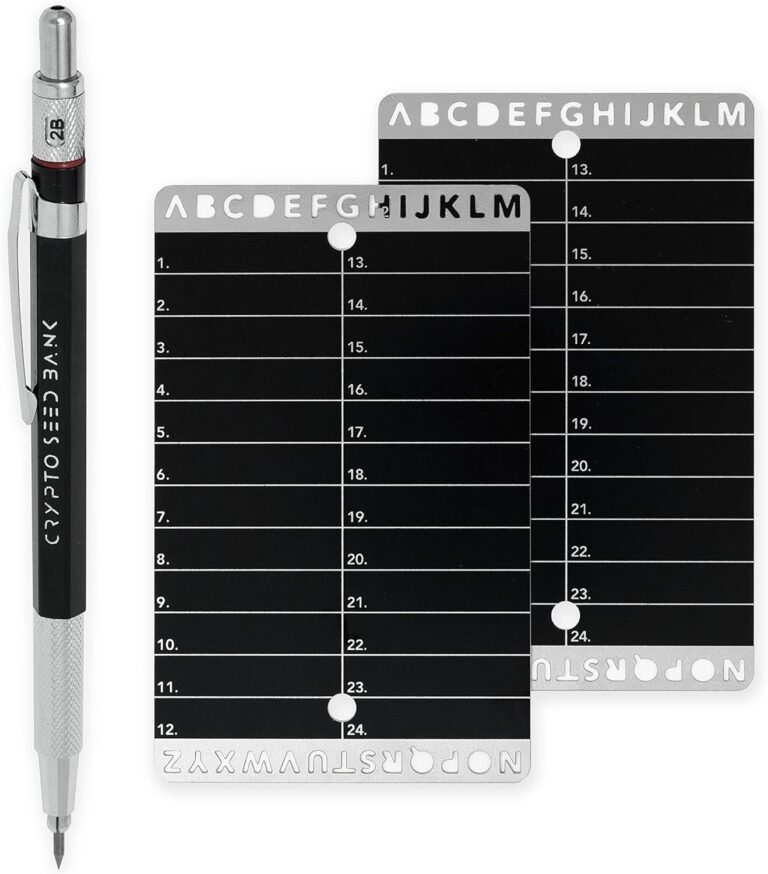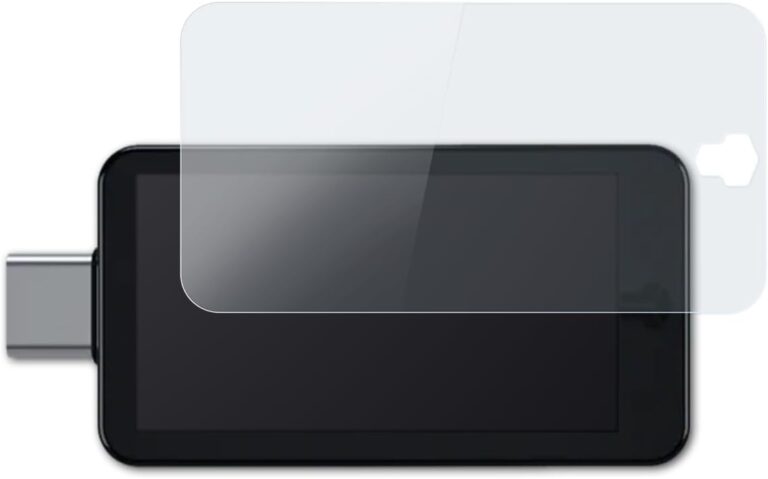How Can I Secure My Wallet?
Have you ever worried about the safety of your wallet? We all know how important it is to keep our personal belongings secure, especially when it comes to our money and cards. In this article, we’ll discuss some simple yet effective ways to ensure the safety of your wallet, giving you peace of mind and reducing the risk of theft or loss. So, if you’re ready to learn more about how to secure your wallet, keep reading!
One of the easiest ways to secure your wallet is to choose the right type of wallet. Consider opting for a wallet with a zippered compartment or a Velcro closure. This will make it more difficult for someone to quickly and discreetly access your wallet. Additionally, you may want to choose a wallet with RFID-blocking technology, which can protect your credit card information from being skimmed by thieves.
Another important step in securing your wallet is to be mindful of where you keep it. Avoid placing your wallet in easily accessible pockets, such as back pockets or outer coat pockets. Instead, consider keeping it in a secure inner pocket or a cross-body bag that is close to your body. This will make it more challenging for pickpockets to snatch your wallet without you noticing.
Lastly, take the time to regularly evaluate and declutter your wallet. Many of us tend to accumulate unnecessary items in our wallets, such as old receipts, expired cards, or random pieces of paper. By decluttering your wallet, you not only reduce its bulkiness but also minimize the chances of losing important items or misplacing them. Remember, the lighter and more organized your wallet is, the easier it will be to keep track of your belongings.
So, if you want to ensure the security of your wallet, consider following these tips. By choosing the right wallet, being mindful of where you keep it, and decluttering regularly, you can significantly reduce the risk of theft or loss. Stay tuned for the rest of the article, where we’ll dive even deeper into this topic and provide you with more valuable information on how to secure your wallet effectively.
Understanding Wallet Security
In today’s digital age, where transactions are increasingly being conducted online and financial information is stored in virtual wallets, securing your wallet has become more important than ever before. Whether you have a physical wallet or a digital one, taking proactive steps to protect it is crucial for safeguarding your financial assets and personal information. In this article, we will explore the different types of wallets, the importance of wallet security, and the best practices to follow in order to secure your wallet effectively.
Types of Wallets
Before delving into wallet security, it’s essential to understand the different types of wallets available. Wallets can be categorized into two main types: physical wallets and digital wallets.
Physical Wallets
Physical wallets, such as the ones used to store cash and credit cards, are typically made of leather or fabric and are carried around in your pocket or bag. While physical wallets may seem less vulnerable to online threats, they can still be targets of theft and loss.
Digital Wallets
Digital wallets, on the other hand, store your financial information electronically. These wallets enable you to make online transactions and store various forms of currency, including cryptocurrencies. While digital wallets offer convenience and accessibility, they also carry distinct security risks that need to be addressed.
Importance of Wallet Security
The importance of wallet security cannot be overstated. Whether it’s a physical wallet or a digital one, it contains valuable financial assets and personal information that can be exploited by cybercriminals if not properly secured. Here are some key reasons why wallet security should be a top priority:
-
Prevention of Unauthorized Access: By implementing robust security measures, you can reduce the risk of unauthorized access to your wallet. This ensures that only you have control over your financial assets and sensitive information.
-
Protection Against Identity Theft: A secure wallet protects your personal information, such as your social security number, address, and bank account details, from falling into the wrong hands. This is crucial in preventing identity theft and the potential financial and emotional consequences that come with it.
-
Mitigation of Financial Loss: In the event of a security breach or theft, a secure wallet can help mitigate potential financial losses. By implementing proper security measures, you decrease the likelihood of falling victim to scams, fraudulent transactions, and unauthorized withdrawals.
-
Peace of Mind: Knowing that your wallet is secure allows you to conduct transactions and store your financial assets with confidence and peace of mind. This sense of security is invaluable in today’s increasingly interconnected and digitized world.
Best Practices for Wallet Security
Securing your wallet can be achieved through a combination of best practices. By following these measures, you can significantly enhance the security of your wallet, whether it’s physical or digital in nature.
Using Strong Passwords
One of the fundamental steps to secure a digital wallet is using a strong, unique password. Avoid using common words or sequential numbers. Instead, opt for a combination of uppercase and lowercase letters, numbers, and special characters. Additionally, refrain from using the same password for multiple accounts to prevent a single data breach from compromising all your wallets.
Enabling Two-Factor Authentication
Enabling two-factor authentication adds an extra layer of security to your digital wallet. This requires you to provide two different types of verification, usually a password and a unique code sent to your mobile device, before accessing your wallet. By doing so, even if an unauthorized person obtains your password, they still need physical access to your secondary authentication device.
Keeping Software Up to Date
Keeping the software on your devices up to date is crucial in maintaining wallet security. Regularly update your operating system, web browsers, and wallet apps to ensure that you have the latest security patches and bug fixes. Outdated software can contain vulnerabilities that cybercriminals can exploit, potentially compromising the security of your wallet.
Protecting Physical Wallets
While a significant focus is placed on securing digital wallets, it’s equally important to protect physical wallets, especially when it comes to preventing theft or loss.
Choosing a Secure Wallet
When selecting a physical wallet, choose one that offers security features such as RFID-blocking technology, which prevents unauthorized scanning of cards. Consider wallets that have sturdy construction and can withstand wear and tear. Additionally, opt for wallets with multiple compartments or zippered pockets to keep your cards and cash organized and secure.
Keeping Wallets Out of Sight
When carrying a physical wallet, it’s advisable to keep it out of sight as much as possible. Avoid leaving your wallet unattended in public places or on display in your vehicle. Furthermore, be cautious when sharing wallet-related information, such as your card details or PIN numbers, in public areas where prying eyes might be present.
Securing Digital Wallets
Digital wallets pose unique security challenges due to their online nature. However, by implementing various security measures, you can protect your digital assets effectively.
Using Encrypted Wallets
When choosing a digital wallet, opt for one that offers encryption. Encryption converts your financial information into a secret code, making it extremely difficult for hackers to decipher. It adds an additional layer of protection to your wallet, making it more secure.
Backup and Recovery Options
Digital wallets are susceptible to data loss or device failure. To safeguard against the loss of your digital assets, it’s essential to regularly back up your wallet. This can be done by saving a copy of your wallet’s recovery phrase or key on an offline storage device or in a secure location. In the event of a device failure or loss, you can recover your wallet by using the backup.
Beware of Phishing and Scams
Phishing and scams are prevalent in the digital world, and wallet users are often targeted. It’s crucial to remain vigilant and be aware of the common tactics employed by cybercriminals.
Identifying Fake Wallets and Websites
Be cautious when downloading wallet apps or accessing wallet websites. Malicious actors often create fake wallets to trick users into revealing their sensitive information. Before downloading an app or accessing a website, verify its authenticity by checking reviews, researching the developer, and ensuring that the app or website is recommended by reputable sources.
Avoiding Suspicious Emails and Links
Beware of unsolicited emails, especially those requesting your wallet login credentials or personal information. Legitimate wallet providers will never ask for such information through email. Avoid clicking on suspicious links and verify the legitimacy of the email by contacting the wallet provider directly.
Dealing with Lost or Stolen Wallets
Despite taking all necessary precautions, there is always a possibility of losing your physical wallet or having it stolen. In such circumstances, it’s important to act swiftly to minimize potential damages.
Contacting Authorities
If your physical wallet is lost or stolen, report the incident to the local police department as soon as possible. Provide them with all the necessary details, such as the time and location of the incident and a description of the wallet. This will help authorities in their investigation and increase the chances of recovering your wallet.
Updating Financial Institutions
Notify your financial institutions, such as banks and credit card companies, about the loss or theft of your wallet. This will prompt them to monitor your accounts for any suspicious activities and potentially block any unauthorized transactions.
Monitoring for Identity Theft
Be vigilant about monitoring your financial accounts and credit reports for any unauthorized activity. Check for any unfamiliar charges, withdrawals, or changes in your credit score. If you notice anything suspicious, report it to the relevant authorities and take immediate action to prevent further damage.
Educating Yourself about Wallet Security
To effectively secure your wallet, it’s essential to understand the common threats and vulnerabilities associated with wallets. Stay informed about the latest security updates and practices in the industry to mitigate potential risks.
Understanding Common Threats
Educate yourself about the various threats and vulnerabilities that wallets can be exposed to. Stay informed about common scams, malware, and phishing techniques employed by cybercriminals. By understanding these risks, you can adapt your security measures accordingly and avoid falling victim to such attacks.
Staying Informed about Security Updates
Wallet security is an ever-evolving field. New threats emerge regularly, and developers constantly release security updates to counter them. Stay informed about the latest security updates for your wallet app or software. Regularly check for updates and install them promptly to ensure that you have the most up-to-date protection.
Building a Strong Security Mindset
Building a strong security mindset involves adopting a proactive approach to wallet security. By integrating security practices into your daily routine, you can enhance the overall security of your wallet.
Regularly Reviewing and Updating Security Measures
Take the time to review and update your security measures regularly. This includes changing passwords periodically, reviewing security settings, and enabling additional security features on your wallet apps or devices. By implementing these measures, you ensure that your wallet remains secure against evolving threats.
Practicing Caution and Vigilance
Exercise caution and vigilance while accessing your wallet. Avoid accessing your wallet on public or unsecured Wi-Fi networks, as they can expose your wallet to potential attacks. Be mindful of your surroundings when handling physical wallets, and never leave them unattended.
Seeking Professional Help
If you are unsure about the security of your wallet or need expert guidance, consider seeking professional help.
Consulting Security Experts
Consulting security experts or professionals in the field can provide valuable insights and guidance tailored to your specific security needs. They can assess the vulnerabilities in your wallet and recommend appropriate security measures to ensure its safety.
Using Trusted Wallet Providers
When choosing a digital wallet, opt for well-established and trusted providers. Research and read reviews about the wallet provider’s security practices and track record. Trusting your wallet’s security to reputable providers adds an extra layer of assurance.
Conclusion
Securing your wallet, whether physical or digital, is of utmost importance to protect your financial assets and personal information. By following the best practices outlined in this article, such as using strong passwords, enabling two-factor authentication, and keeping your software up to date, you can enhance the security of your wallet significantly. It is important to stay informed about the latest security threats and vulnerabilities, and to regularly review and update your security measures. By taking these proactive steps and seeking professional help when needed, you can enjoy peace of mind and minimize the risk of wallet-related incidents. Remember, securing your wallet is an ongoing process that requires your attention and vigilance.

